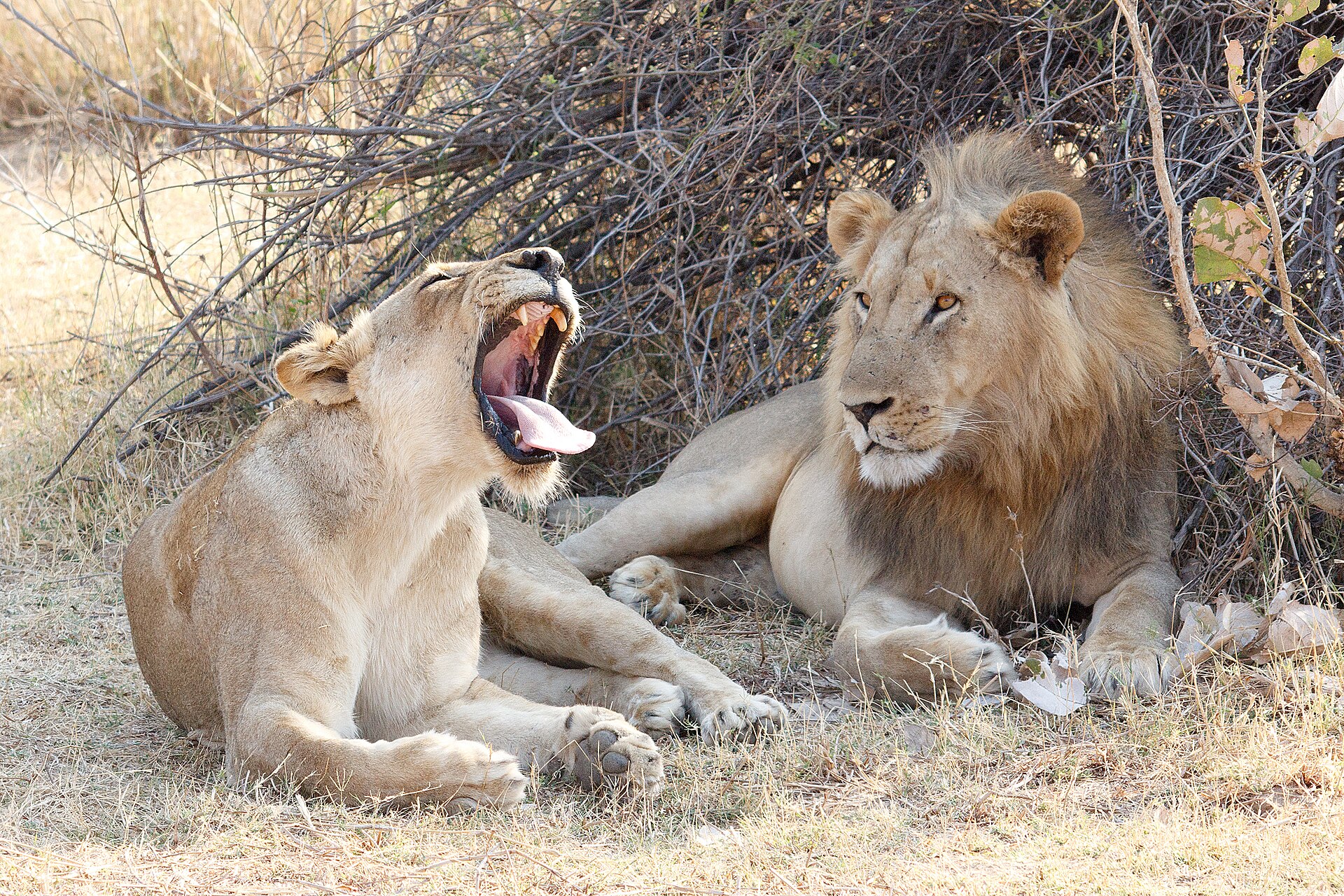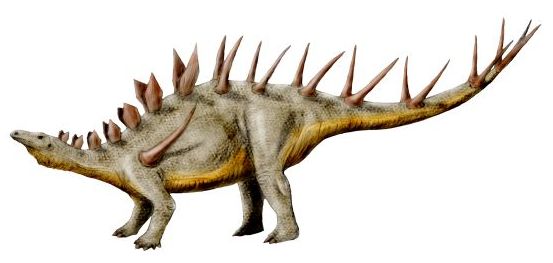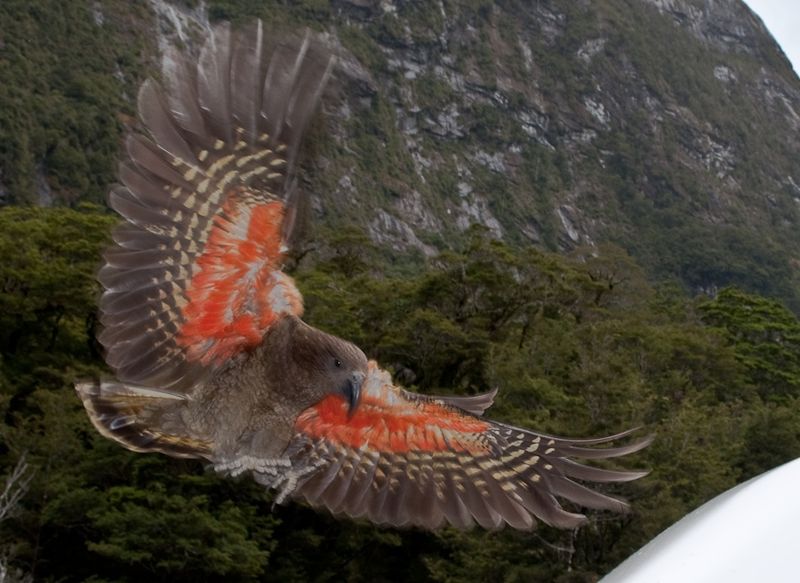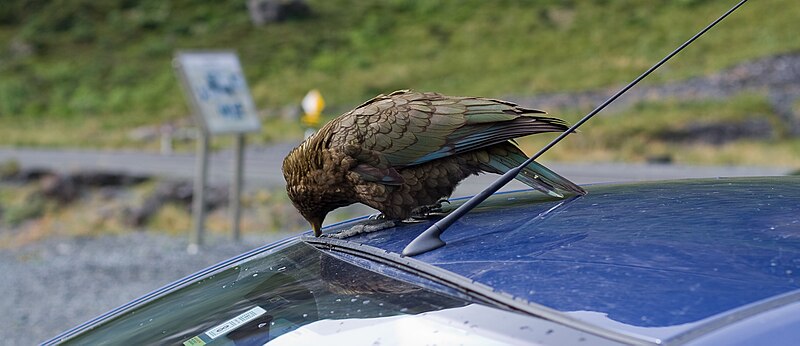Days Till
It is: 1 day till President's Day
It is: 3 days till Valentine's Day
It is: 35 days till St. Patrick's Day
It is: 50 days till April Fool's Day
In the Spotlight:
About a month or so ago, I talked about the band Girl and the Dreamcatcher's, featuring Dove Cameron and Ryan Mccartan, previously-latest songs. Well, as of one or two weeks ago, they released a new song called Glowing in the Dark. It's a little sad, but it sounds awesome. Check it out:
Topic of the Week by Christian Ryan
Warning: The topic in this article is intended for adults and teens, not young children. You will find no inappropriate pictures of dinosaur sexuality (no private parts!), crude comments or adult jokes about certain body parts here, but the content is frank and not appropriate for younger audiences.
 |
| We know the height, length and diet of huge dinosaurs like Giraffatitan...but how did this 50-ton beast reproduce? By Axel Mauruszat - Own work |
Valentine's Day is in just a couple of days. Couples show their affection for each other in various ways. However, love isn't just for humans, and it certainly isn't new. Every year, all animals must reproduce, and this was true with dinosaurs as well. How did dinosaurs attract members of the opposite sex, mate and reproduce?
What color were the dinosaurs? What was the biggest dinosaur? How did they go extinct? These are the types of questions most people ask about dinosaurs. Very few spare a thought for questions like: how did dinosaurs attract a mate? How did dinosaurs mate with all those spines, scutes, spikes and long tails? Since they relate to the behavior of dinosaurs, they are much harder to answer. However, fossils still give us clues that allow us to hypothesize how dinosaurs reproduced after their own kind, as God commanded them in Genesis 1:24.
♂ or ♀
 |
| How did dinosaurs, like T. rex, tell each other apart? By user:Eqdoktor - Own work, CC BY 3.0 |
 |
| While male lions have manes, lionesses lack them. By Prabir K Bhattacharyya - Own work, CC BY-SA 3.0, https://commons.wikimedia.org/w/index.php?curid=17038978 |
Is it impossible then, to sex a dinosaur? It once was. But inside the leg of a tyrannosaur specimen called B-rex, Dr. Mary Schweitzer identified finding medullary bone. Medullary bone is known to form in the bones of female birds when they are just about to ovulate so that they are able to store up calcium for their developing eggs. Finding medullary bone proved that B-rex was a female. B-rex was also gracile morph, indicating that perhaps the gracile morphs were females and the robust morphs were males. Another attempt to tell dinosaur genders apart occurred in a study published in 2015. A master's student of the University of Bristol named Evan Saitta took notice of the two morphs of a species of Stegosaurus called S. mjosi. One of the morphs had oval-shaped plates, while the other had narrow plates. Saitta hypothesized that the oval-plated morph represented the males of this species since they would have been the largest of the two plate types and therefore might have been used to attract females. Other scientists aren't yet convinced that this is the case, but the possibility remains open.
 |
| Scientists might be able to tell the difference between male and female Stegosaurus mjosi by looking at their plates. Photo: Evan Saitta |
Getting Her Attention
 |
| Dilophosaurus' head crest was probably brightly-colored. This would have helped the males of this species to attract mates. |
Most fleshy appendages dinosaurs may have had to woo mates, if they had them, would have rotted away, but what didn't decay with time are the plates, spikes, horns and frills displayed on some species of dinosaurs. Initially, these features like the crests of hadrosaurs such as Corythosaurus, the frill and horns of ceratopsians like Chasmosaurus and the crest-like horns adorning Ceratosaurus' head were believed to be strictly weapons for combat. However, features like these were often too fragile to be used for fighting; instead, they were likely brightly colored and used for display. In fact, paleontologists have noticed ceratopsian frills and stegosaur plates would have been loaded with blood vessels in life. This could mean these dinosaurs could flush their frills and plates with blood, making them turn red. Wouldn't that impress the ladies? Remember when I said most fleshy appendages dinosaurs may have had rotted away after the animal died? Well, a few years back, scientists discovered that a duckbilled hadrosaur, called Edmontosaurus regillis, had a crest made of flesh rather than bone as in most hadrosaurs. This was probably brightly colored. What other fleshy appendages may dinosaurs have had?
 |
| Edmontosaurus had a fleshy crest on its head for display. |
Love in the Time of the Dinosaurs
This question of dinosaur reproduction is made even trickier by the lack of a fossilized genitalia. However, if modern reptiles are any indication, we can get a significant clue about what their genitals were like. Like modern reptiles, dinosaurs had a cloaca. This was a slit in the base of the tail through which waste would exit the body and where sexual organs resided. Unlike (unfortunate) male mammals, the testicles and penis of male dinosaurs would have been inside the body. The penis would have only protruded when the animal was ready to mate with a female. And how big were these genitals on the biggest sauropods? Of course, we can't know for sure, but scientists speculate that those of sauropods could have been over 12 feet long! Like the cloaca of a female reptile today, the cloaca of a female dinosaur would have also functioned as the vagina.
 |
| Sauropods, like these titanosaurs, must have had a strong skeleton to support the weight of the mating partner. PHOTO CREDIT |
What about stegosaurs? While some members of the family, like Stegosaurus had plates on its back, some stegosaurs like Kentrosaurus had spikes instead! This must have made things especially difficult for the male. Instead of mounting the female in traditional dinosaur fashion, Kentrosaurus males may have allowed the female to lay down on her side. This would make it possible for the male to rear up and rest his torso over her hindquarters.
 |
| How did these spiky-tailed Kentrosaurus mate? With GREAT care! |
We don't know for sure how dinosaurs reproduced, but we know they must have done so...somehow!
What Happens Next?
What happened after mating? Who can say? Did the male T. rex stick beside his mate to protect her from rivals and help rear her young? Did sauropods split up after mating like many modern herd animals? We just don't know. With a little help from new technology and new fossil discoveries, we can hope that one day, the truth about dinosaur reproduction will finally be revealed for our curious minds.
 |
| Maybe it wasn't convenient, but dinosaurs needed to reproduce to propagate their species. Jose Antonio Penas/Science Photo Library |
www.scientificamerican.com/article/how-did-dinosaurs-have-sex
www.iflscience.com/plants-and-animals/how-sex-dinosaur
www.smithsonianmag.com/science-nature/how-did-the-biggest-dinosaurs-get-it-on
news.discovery.com/animals/dinosaurs-gender-males-females-110602
.jpg/1920px-Iguana_Closeup_(20636646241).jpg)







